With 100% Egyptian raw materials and ingredients A lecturer of Structural Engineering at the Egyptian Russian University invents a lightweight concrete that reduces the impact of earthquakes
Dr. Hani Ragab El-Geridy, the lecturer of Structural Engineering in the Department of Construction Engineering at the Faculty of Engineering at the Egyptian Russian University, was able to design a new lightweight concrete mix that reduces the total cost of concrete structures and increases the structures’ resistance to earthquakes. This research comes under the supervision of Prof. Nasr Zeinhom Hassan, Professor of Reinforced Concrete structures at Faculty of Engineering El Mataria, Helwan University, and Prof. Magdy Mahmoud genidi, Professor of Reinforced Concrete structures, at Faculty of Engineering El Mataria, Helwan University.
Dr. Hani Ragab Elgridy added that the biggest problem in the usual concrete is the large self-weight of the facility, economic problems and resisting the impact of earthquakes. He explained that reducing the weight of concrete in facilities achieves multiple benefits, including reducing the self-weight of the facility as a result of the low weight of concrete. As well as decreasing the quantities of concrete used and reducing the impact of earthquakes on the facility, allowing the reduction of “reinforcing slabs, sectors, beams, columns, and foundations”; Which leads to effective economic benefits and reduce the total cost of the facility.
The lecturer of Structural Engineering indicated that, there were many challenges in getting lightweight concrete suitable for use in concrete structures and with the same behavior as traditional concrete, the most important of which was obtaining lightweight concrete with suitable pressure and tensile resistance. Revealing that, in order to get these properties, basalt fibers were added to the light concrete mix to get high compressive strength and suitable tensile strength.
In the same context, Dr. Hany ragab Elgridy confirmed that many experimental mixtures were made with different proportions of basalt fibers, and the results showed that the ideal proportion of basalt fibers in the concrete mix was 0.25% of the total weight of the mixture, and that the concrete mixture was 0.25% of the total weight of the mixture. A concrete mixture was produced that had a density of about 20 to 25 percent lower than that of the usual concrete.
Dr. hany ragab Elgridy explained that the resistance of the compressive strength of new concrete mix reaches about 300 and 35 kg/cm2 in tensile strength, which is similar to the resistance of the normal concrete used in construction. And for the high cost of basalt fibers imported from abroad; It was replaced by “Egyptian rock wool”; And laboratory experiments proved the success of “Egyptian rock wool”, in achieving the same laboratory results.
Dr. Hany Ragab Elgridy pointed out that the behavior of models with the full real dimensions of reinforced flat concrete slabs with columns in different places was compared. The results showed that the addition of “rock wool fibers” improved the resistance of these tiles to the loads on them, as well as improving their resistance after exposure to high temperatures that reached 500 Co.
Dr.Hany Ragab Elgridy noted that the results of the research were published, three refereed scientific papers in international journals .
Dr. Hani Ragab El-Geridy, the lecturer of Structural Engineering in the Department of Construction Engineering at the Faculty of Engineering at the Egyptian Russian University, was able to design a new lightweight concrete mix that reduces the total cost of concrete structures and increases the structures’ resistance to earthquakes.

